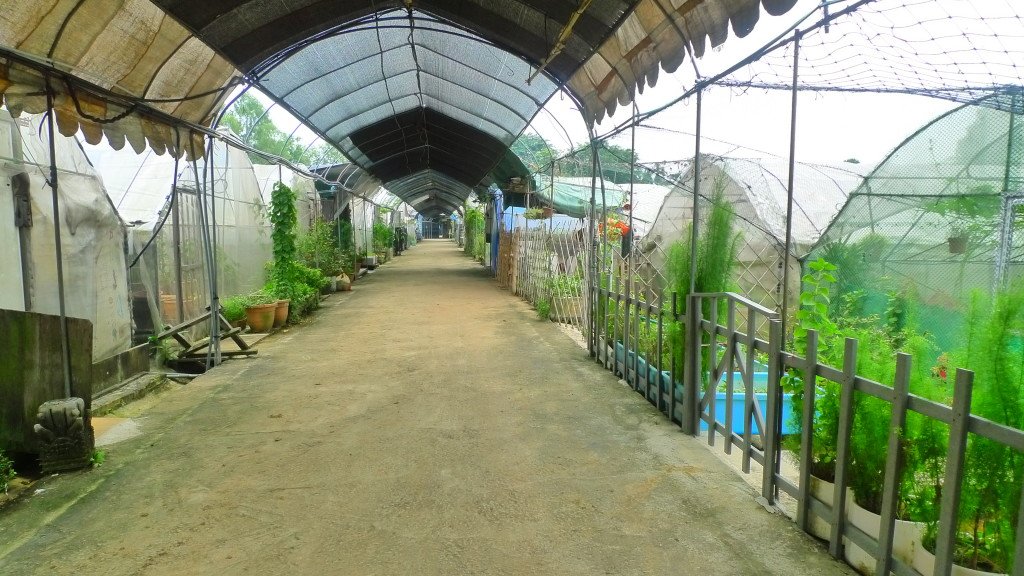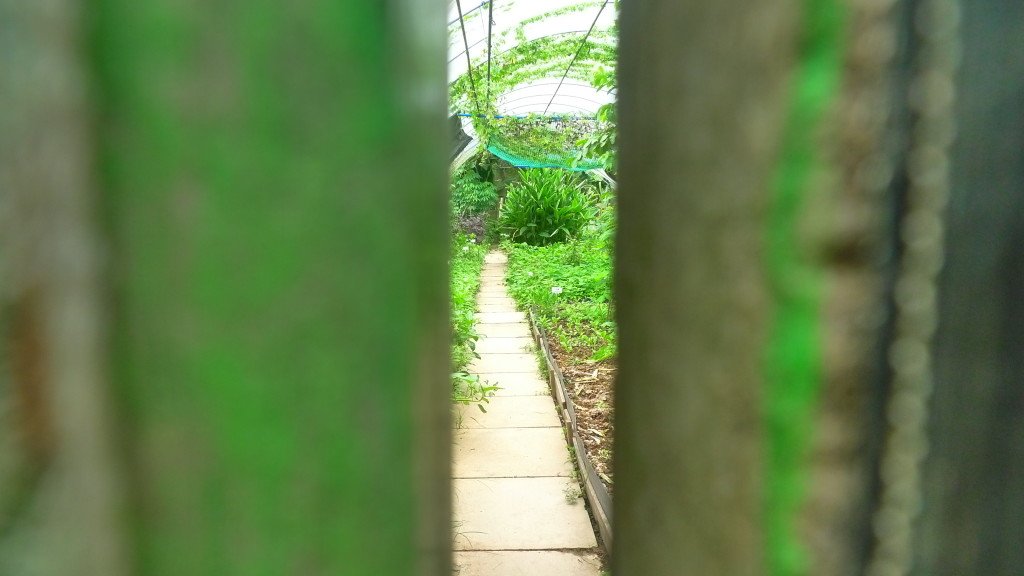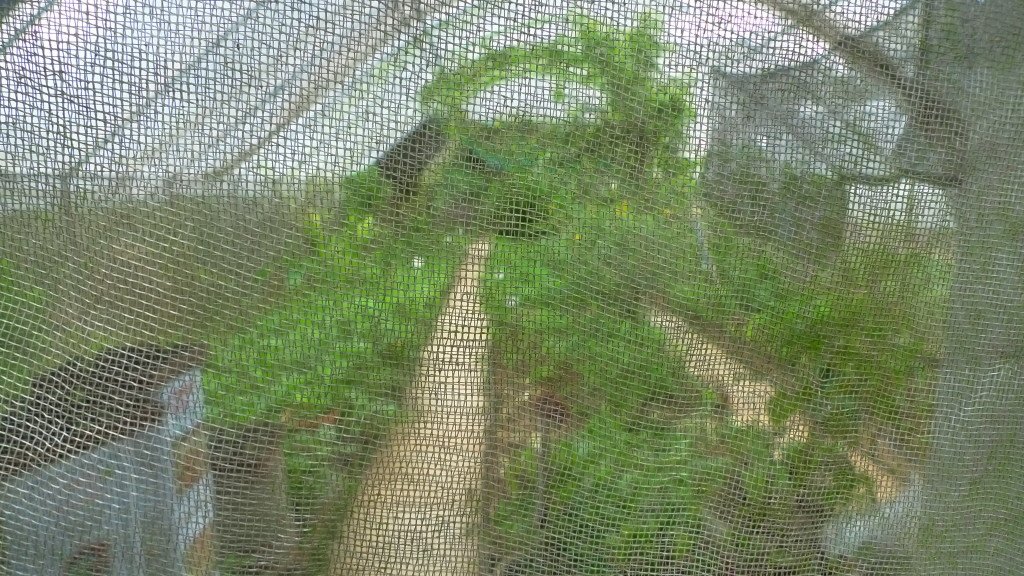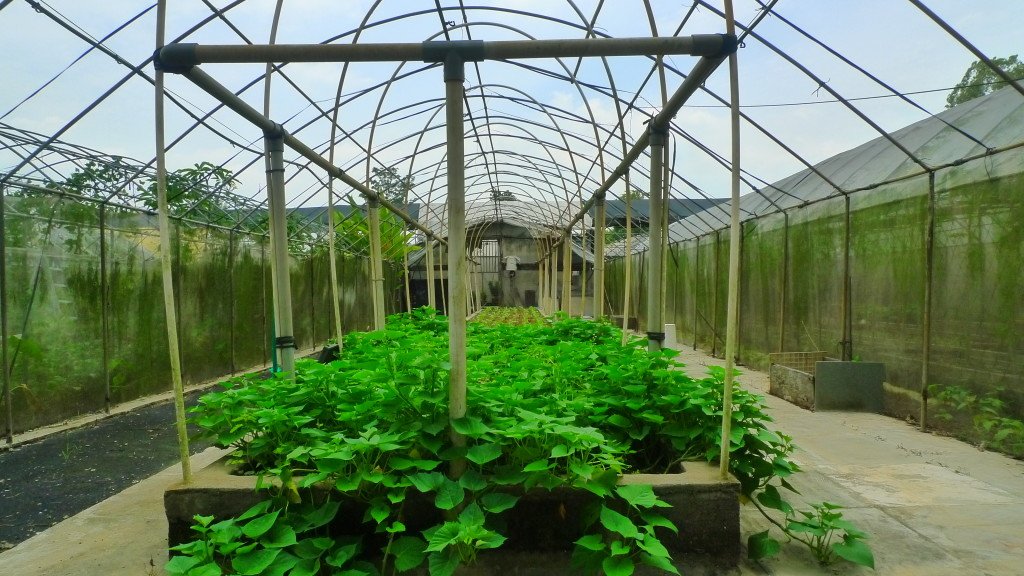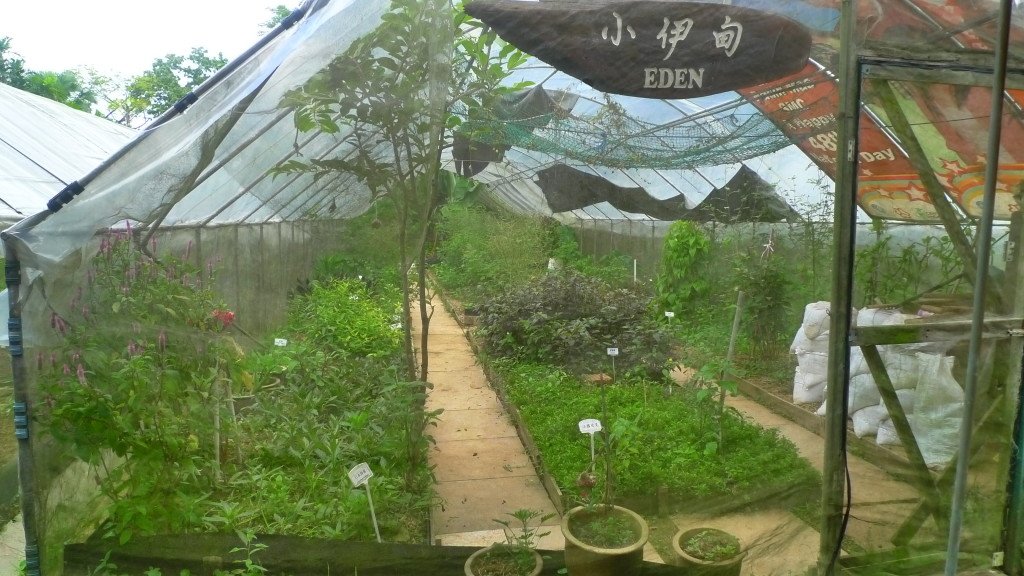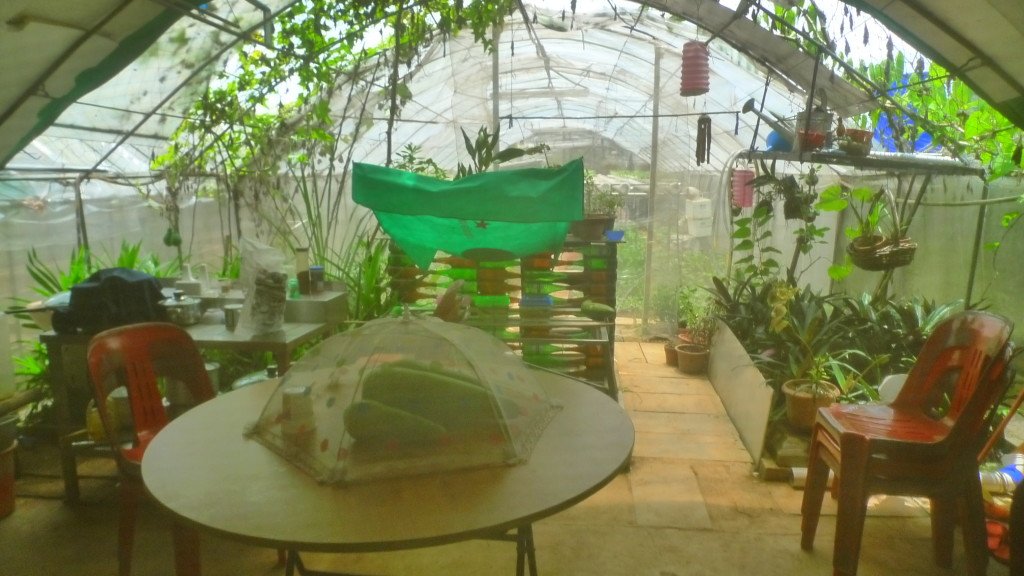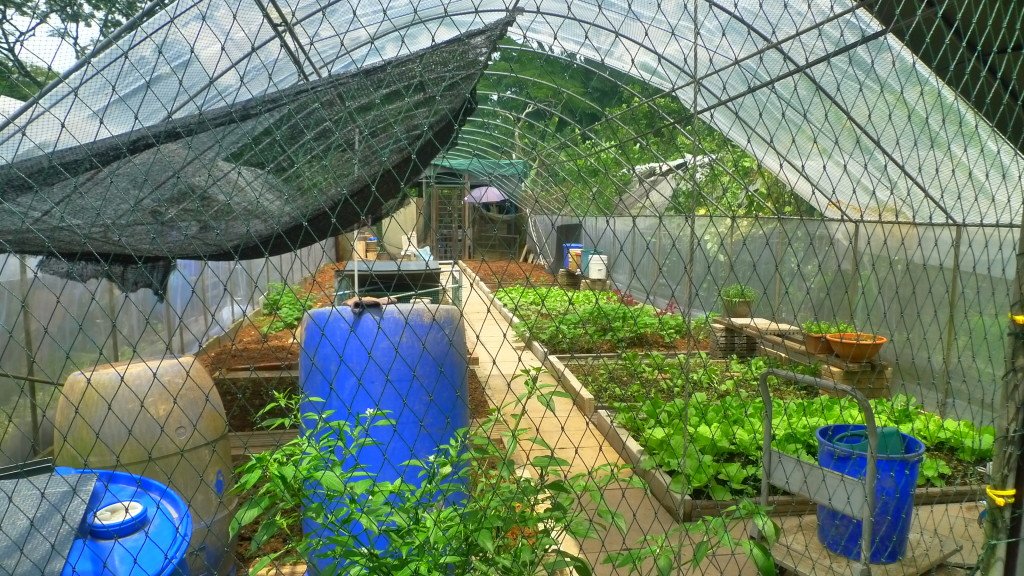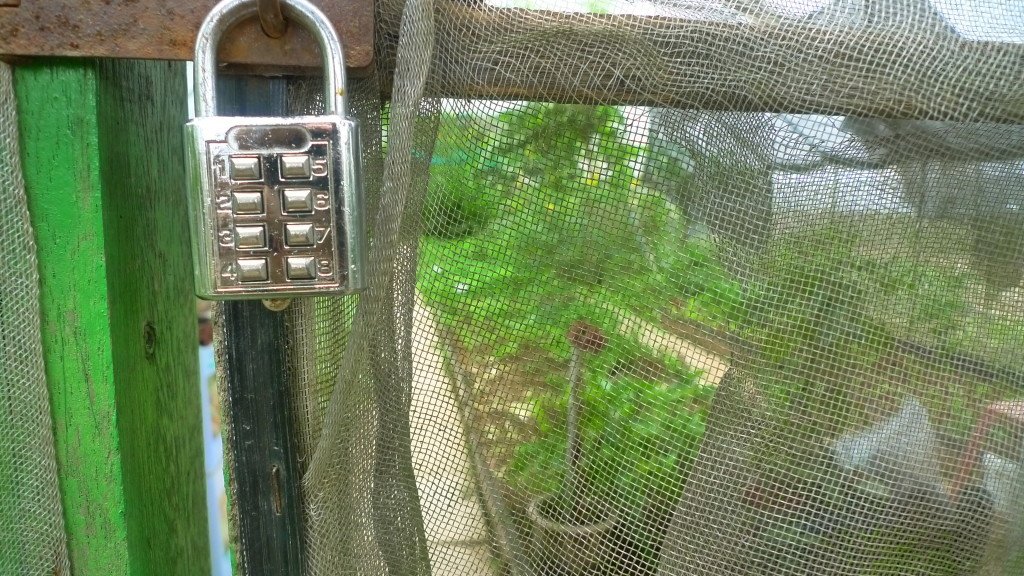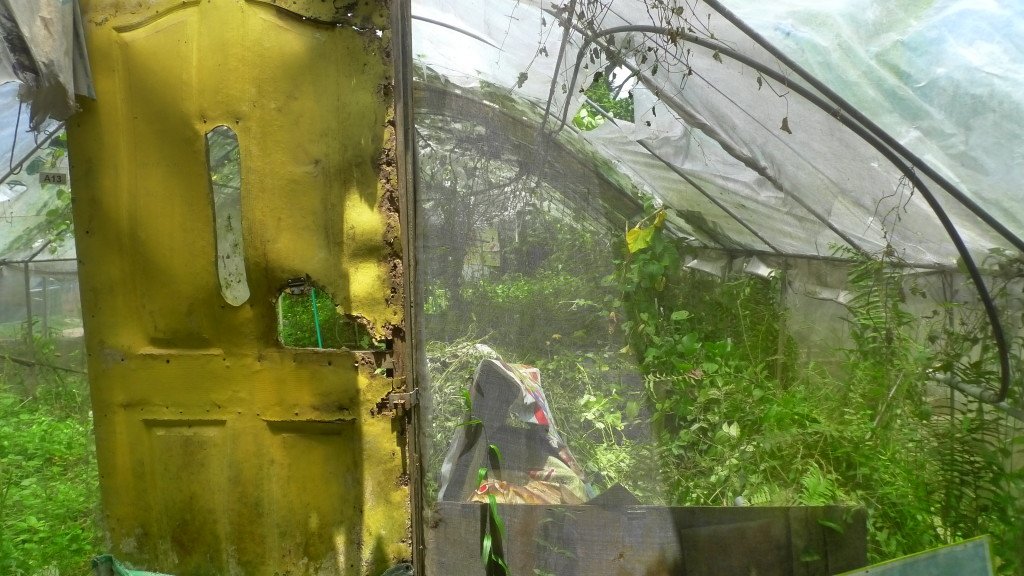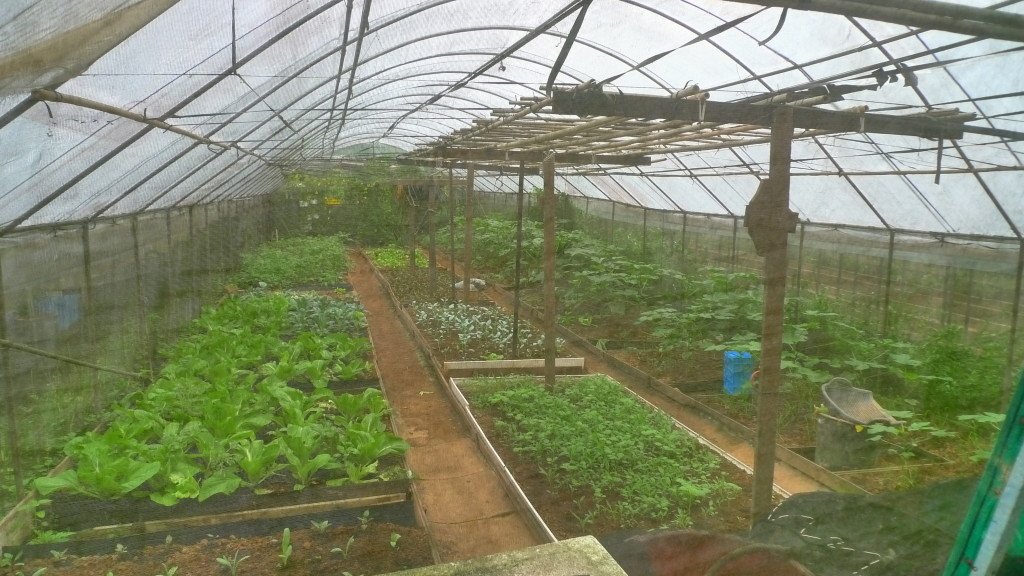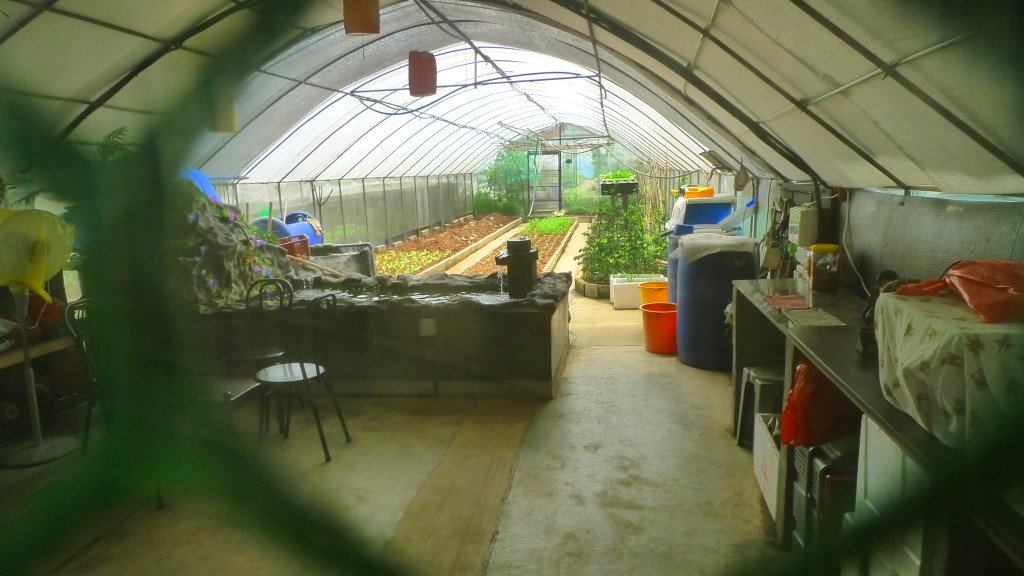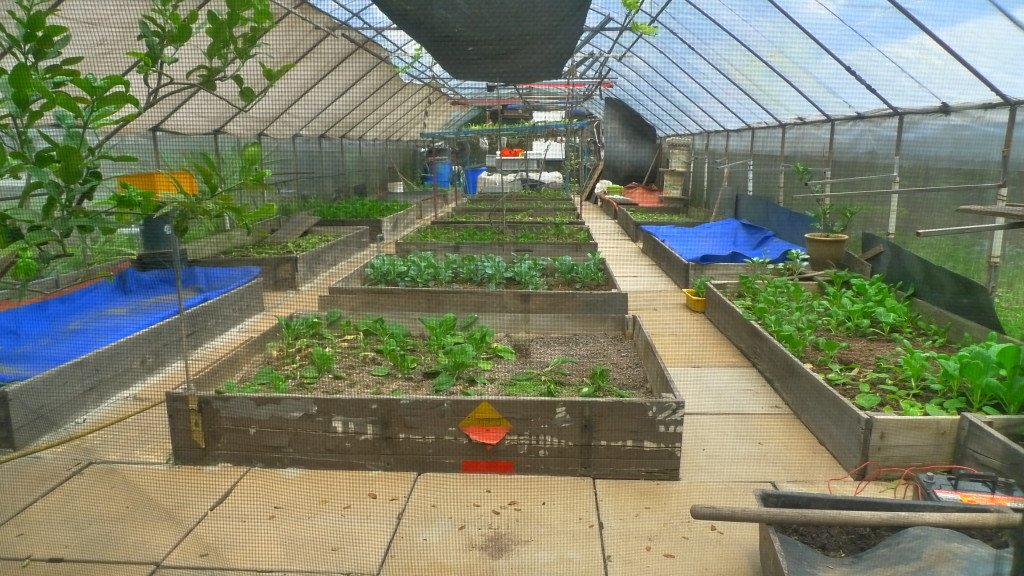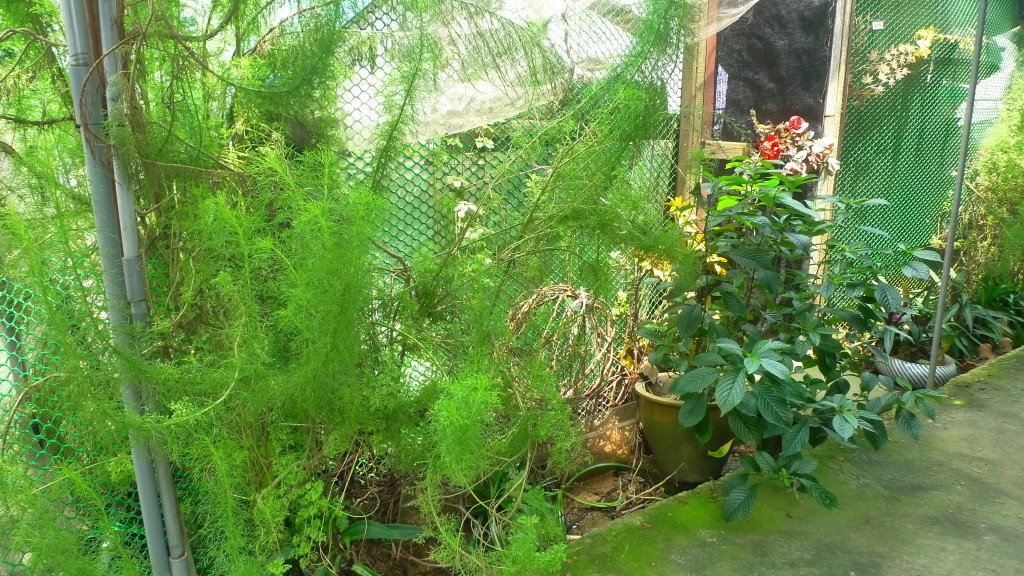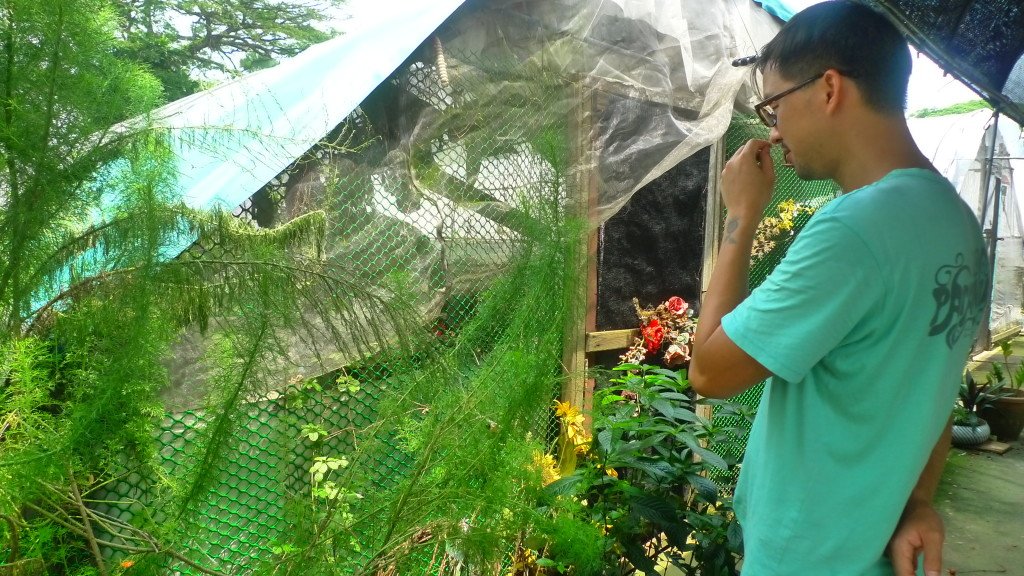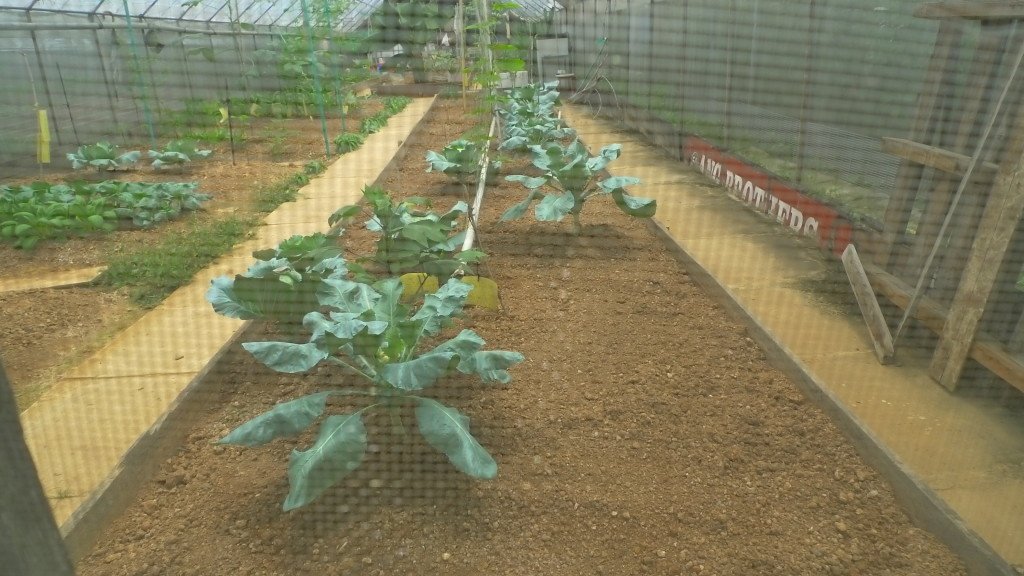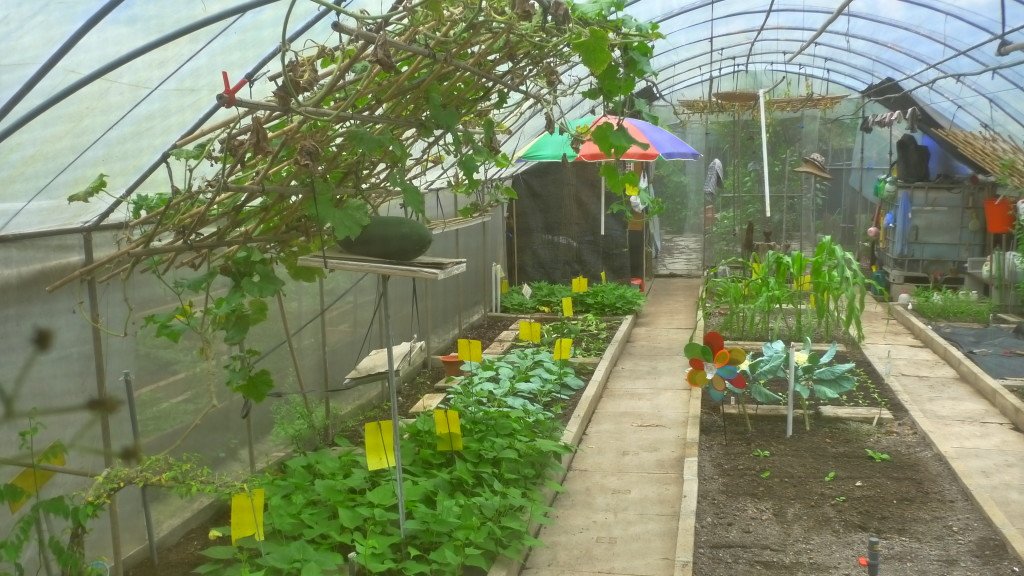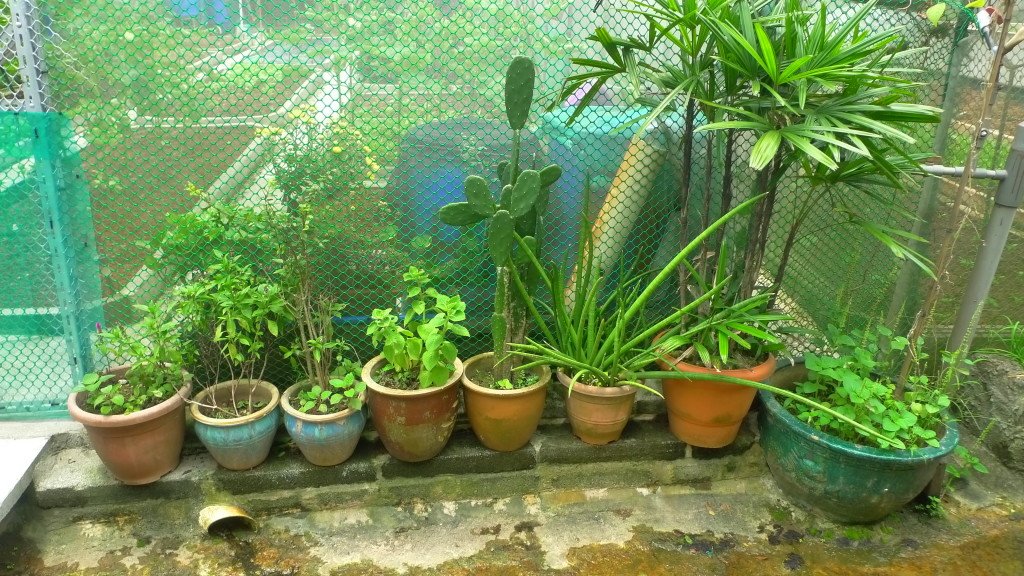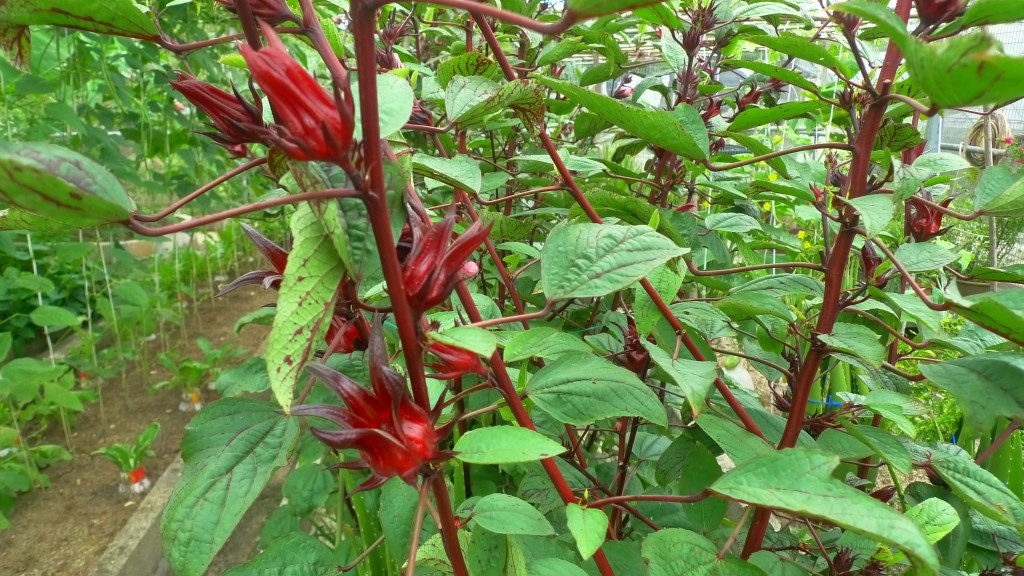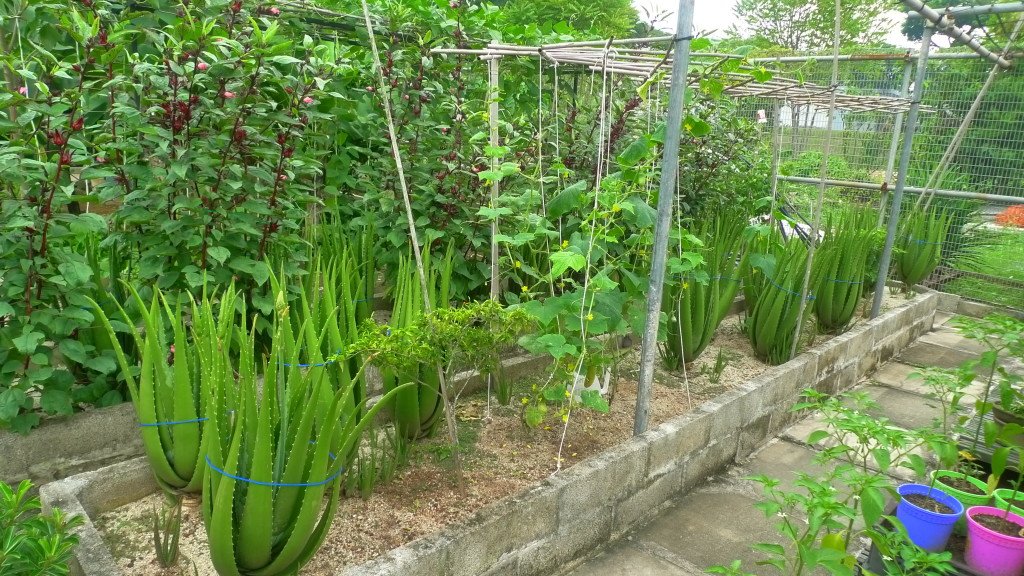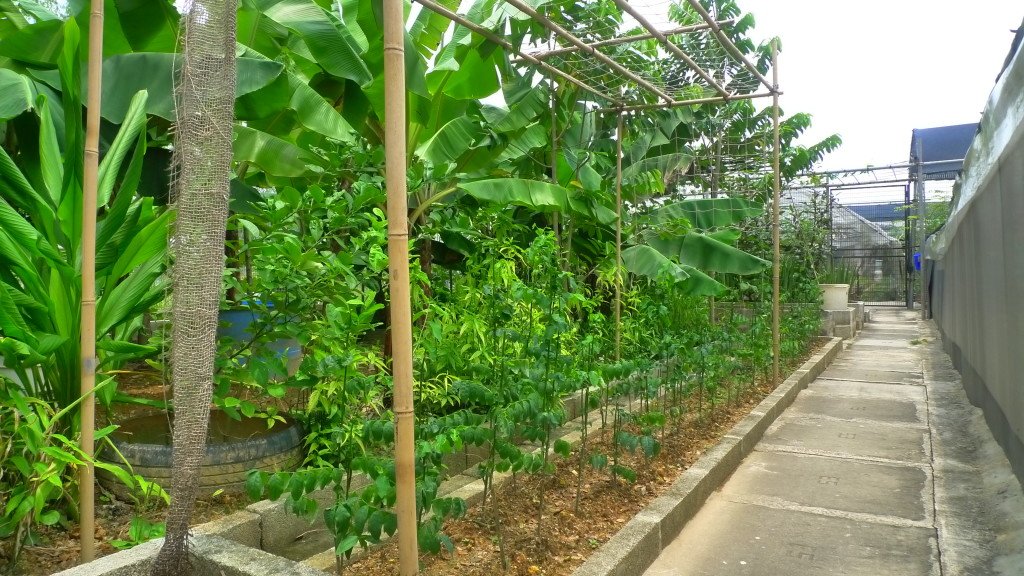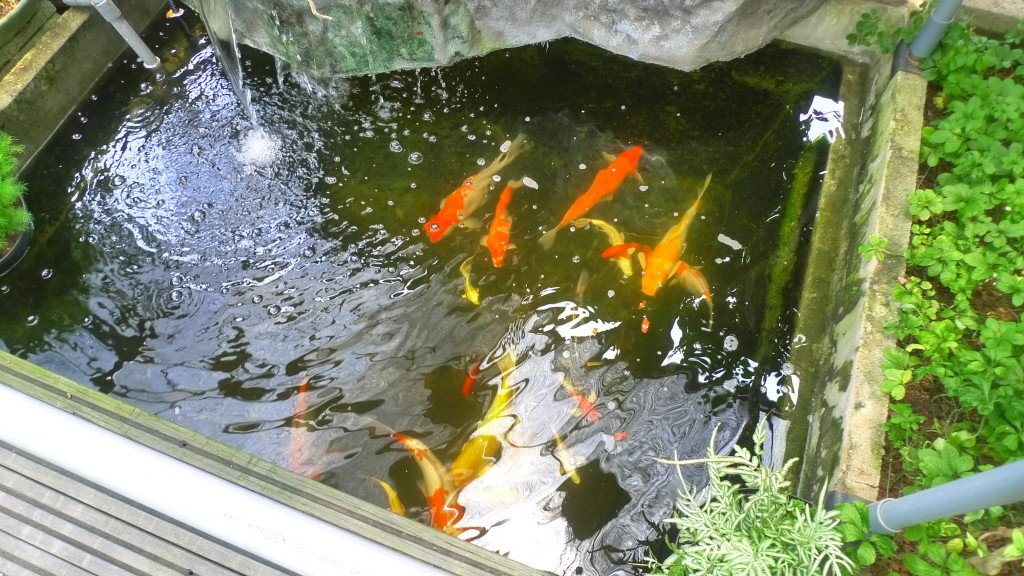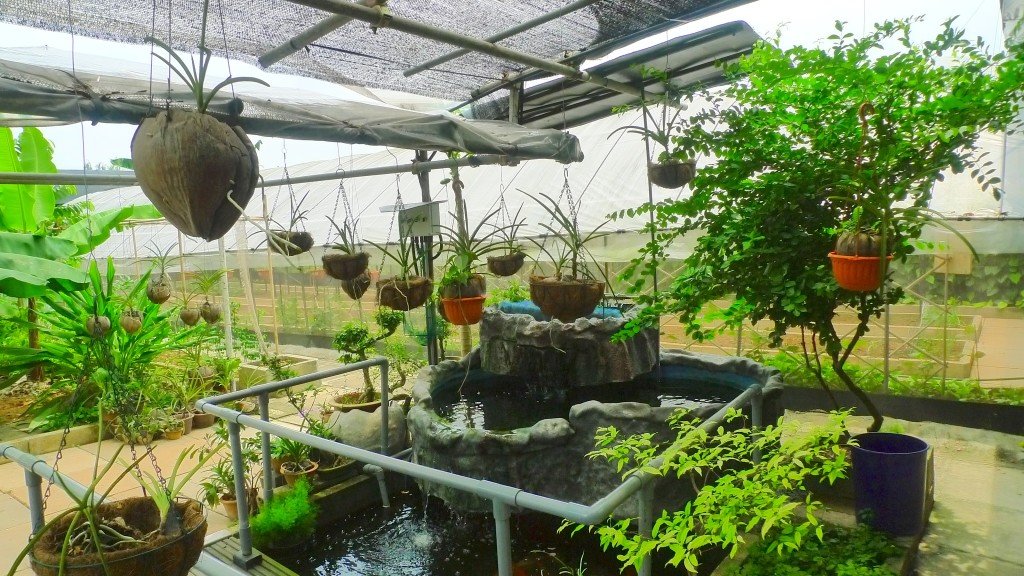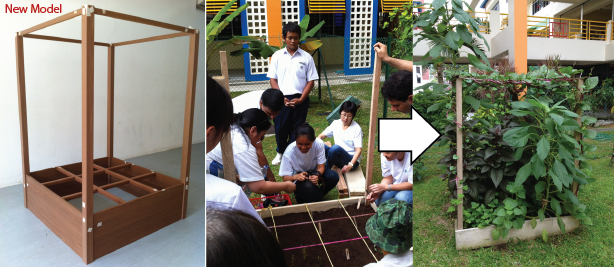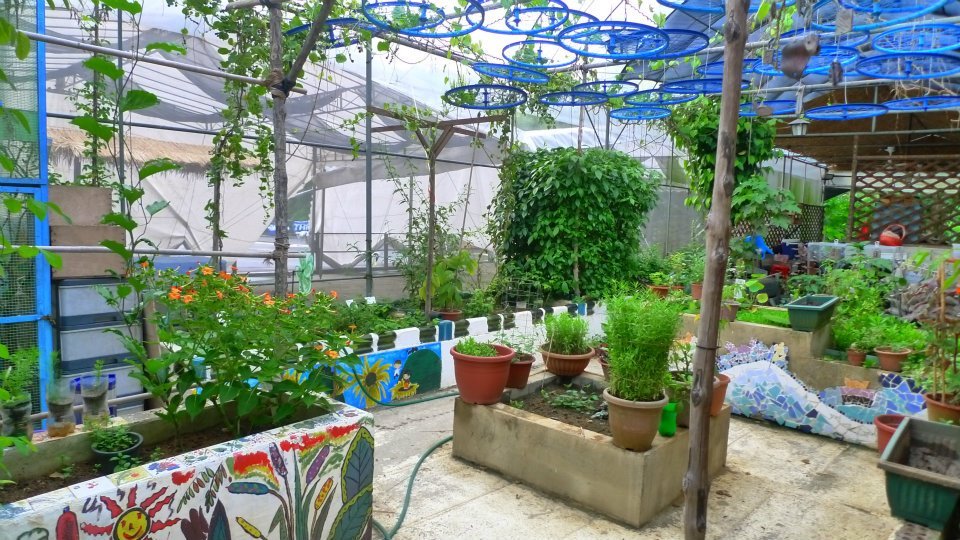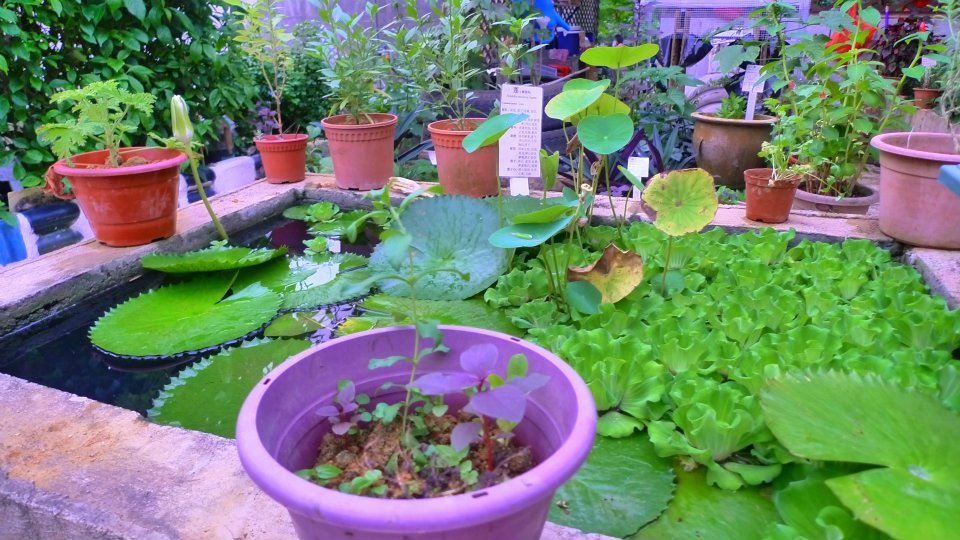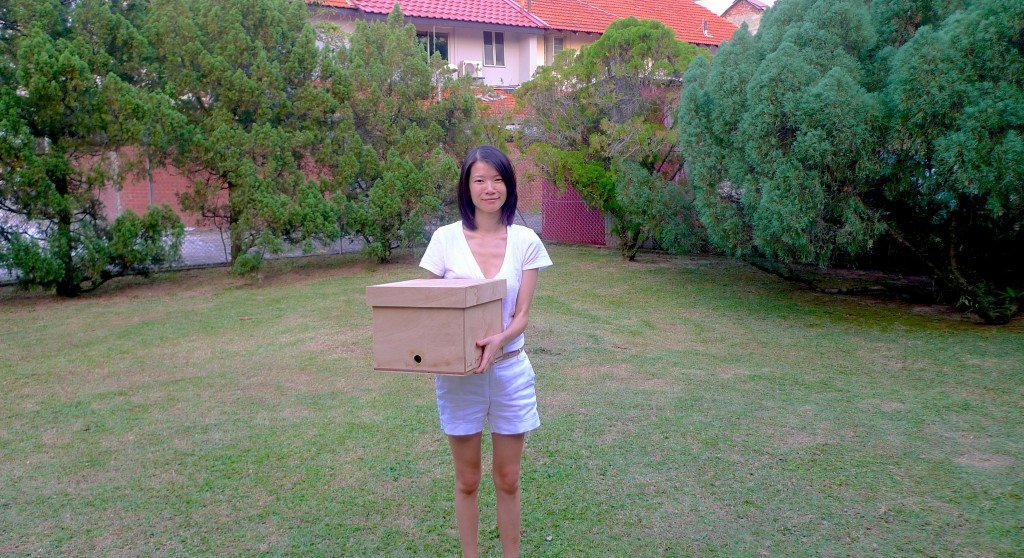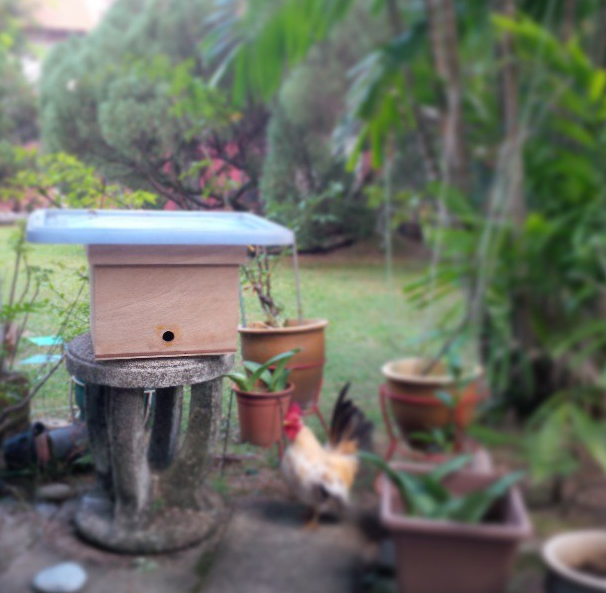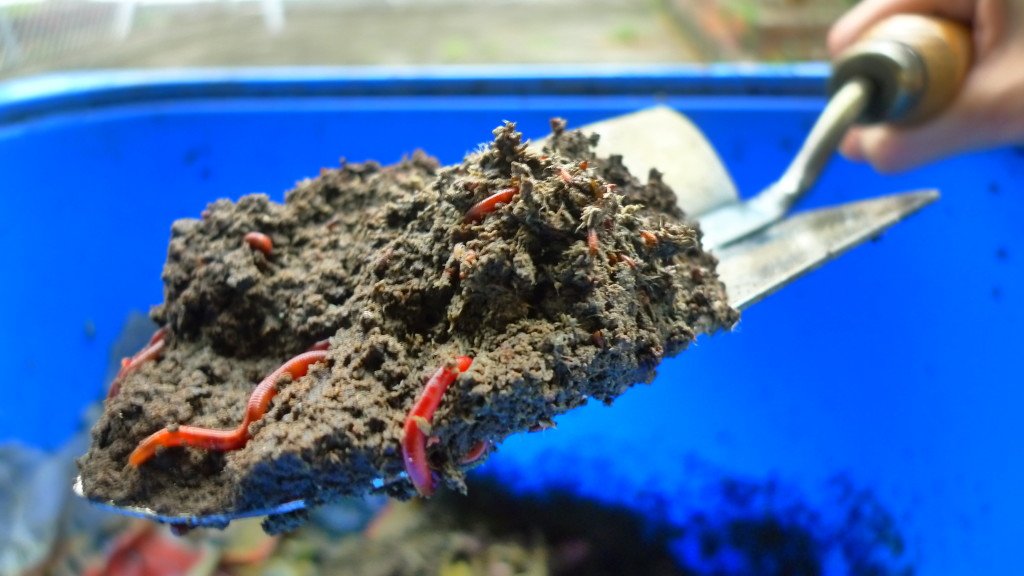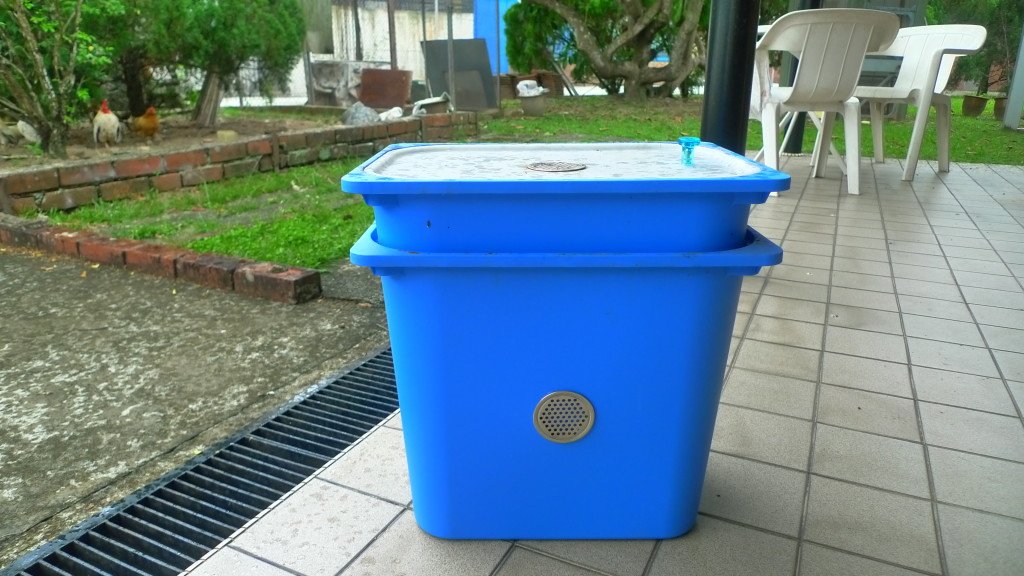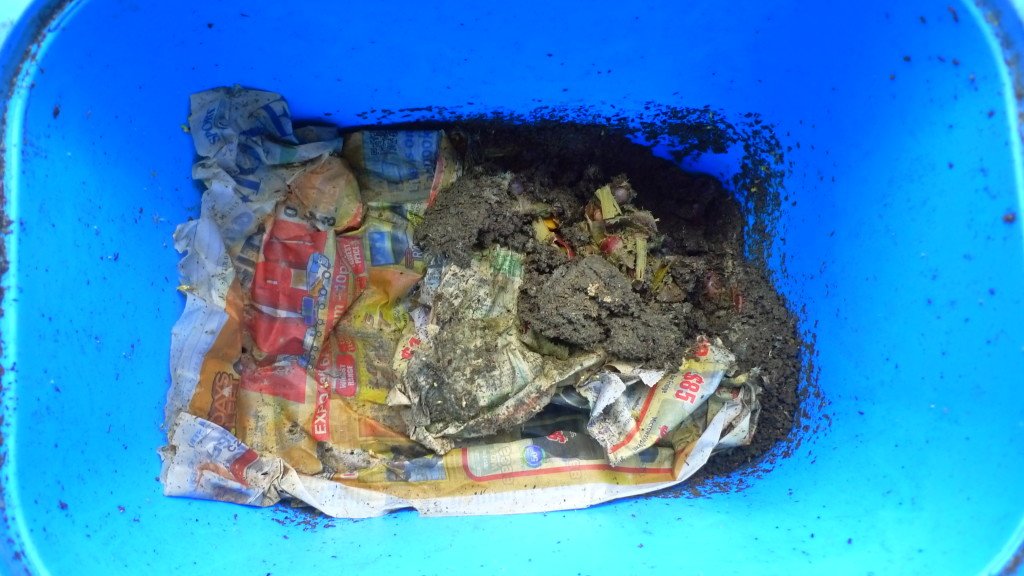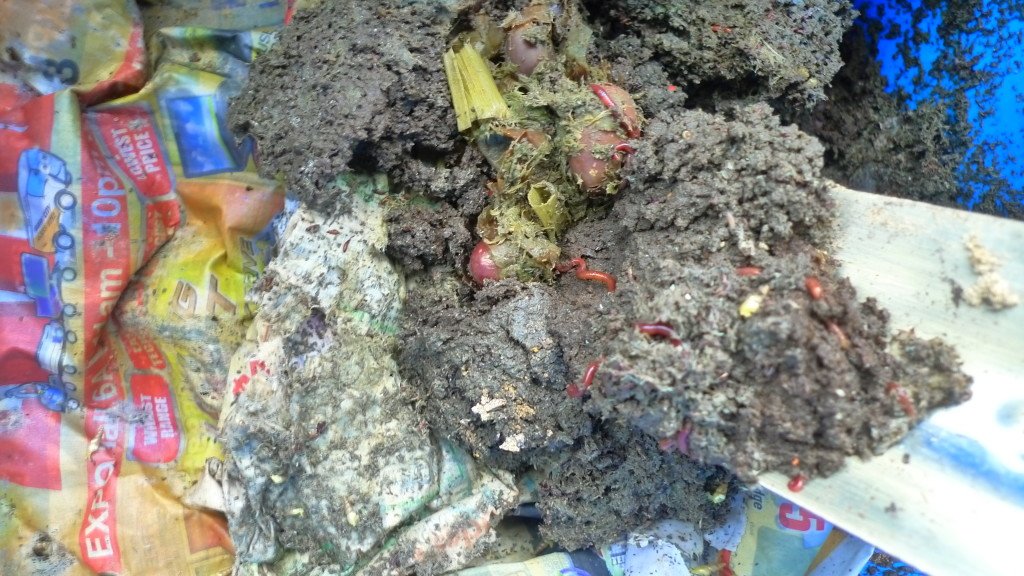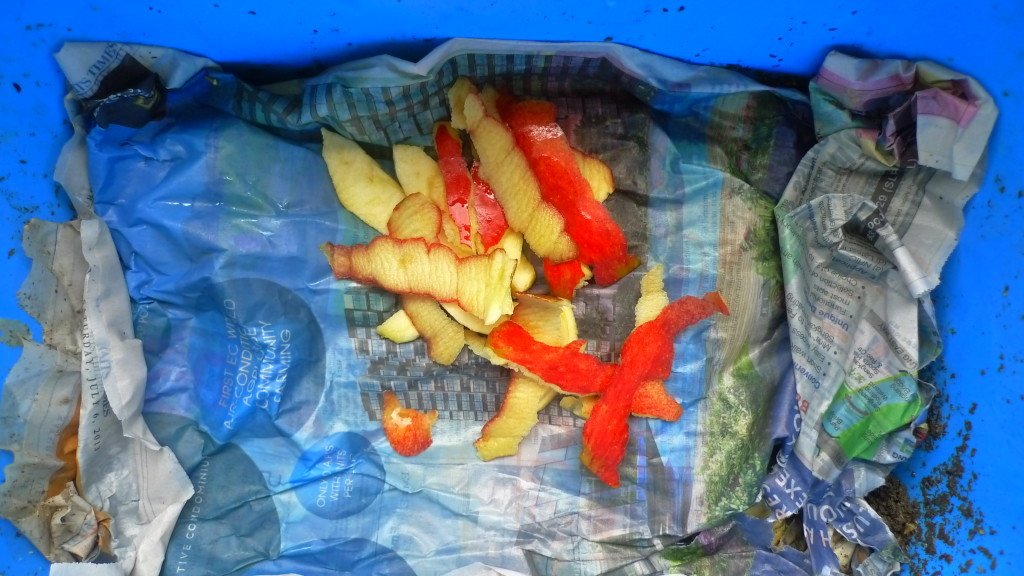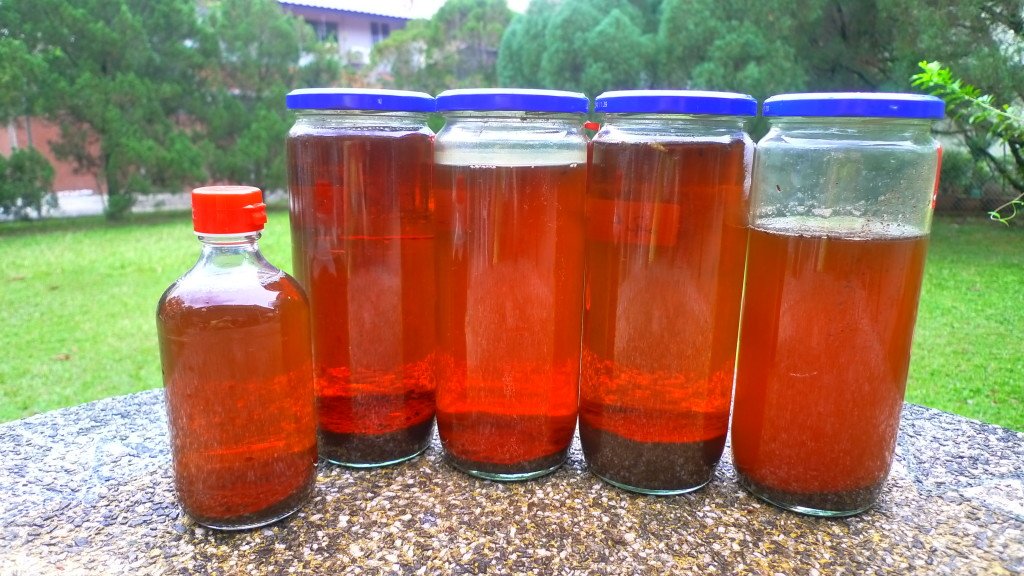With Singapore’s space constraints, green-fingered apartment dwellers and landed property owners aren’t always able to carve out enough space to grow all the herbs, flowers and food that they desire. As people become more conscious about Singapore’s food security, the healing nature of plants, and the connection between food and health, an increasing number are making a choice to move away from food which has been chemically fertilised, and the interest in growing one’s own food is on the rise.
My friend and urban farmer, Bjorn Low from Edible Gardens adopts a plot of land at Green Valley Farms, a 2.5 hectare area in Sembawang that has also been adopted by some members of the public. I went to visit Bjorn’s plot last week, and also have a look at what the community has been growing. I was so impressed.
There is a wide variety of plants being grown here by people for a variety of reasons. I saw melons and pumpkin plants, and even cauliflower, which is quite incredible since it prefers cool weather and is not fond of humidity. Each plot is separated with netting, and some are not as easy to peer into, so I peeked through the gap in the gate to get a better look.
This plot below uses reclaimed wooden bases from the older style of pick-ups, I was told. A great example of upcycling! I also heard from Bjorn that all farmers have been asked to farm organically, which is wonderful, because it is a considerate act, not just for the soil and one’s neighbour’s soil, but it also avoids pollution of ground water and waterways. All plot adopters also have to be responsible for their water usage, and usually have a well on their plot, which is naturally filled when it rains.
If you are interested in adopting a plot, check out their website. While you are there, you may also be interested in purchasing local and organic vegetables.
For those who do not have any experience of farming, and live in the North-eastern part of Singapore, Community Farmsquare might be a better option. Located in Hougang, this pilot project involves the adoption of a 1m x 1m planter box, at a cost of $50 a month over 6 months, and the space will be tended to by residents living nearby. The founder, Soh Ju Hu is looking for 100 early adopters, and he hopes that it can be launched in early 2014. See below for what this farmsquare looks like.
For more information, download this brochure, or get in touch with Ju Hu at soh.ju.hu@gmail.com. If you are keen, you can sign up here.
And if you are not ready to commit to a farming plot, why not get your hands dirty at Ground Up Initiative‘s Sustainable Living Centre in Bottle Tree Park? Visitors are welcome each weekend, for more information, visit them on their Facebook fan page.
Happy farming!!
Community Farmsquare images courtesy of Soh Ju Hu

